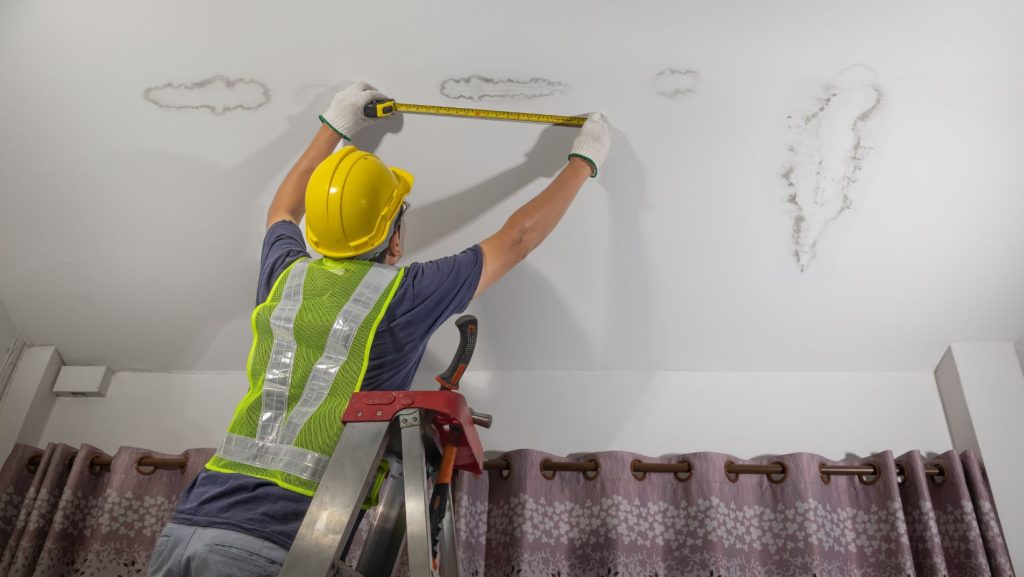Green roofs have been gaining popularity in recent years, and for a good reason. These innovative roofing systems, also known as living roofs, offer a multitude of benefits, from energy efficiency to environmental sustainability. However, before you jump on the green roof bandwagon, it’s crucial to assess whether it’s the right choice for your home. In this blog post, we’ll explore the various aspects of green roofs and provide you with valuable insights to help you make an informed decision.
Green roofs, in essence, are rooftop gardens that consist of living vegetation and a specialized growing medium. They are designed to cover the traditional roof surface partially or entirely, transforming an otherwise unused space into a flourishing oasis. As we delve into this topic, you’ll discover the advantages, types, installation process, and factors to consider before embracing this eco-friendly roofing option.
Benefits of Green Roofs
One of the most significant benefits of green roofs is their exceptional energy efficiency. By providing an additional layer of insulation, green roofs help regulate indoor temperatures, reducing the need for heating and cooling systems. This translates into lower energy bills and a reduced carbon footprint. Moreover, the vegetation on green roofs reflects and absorbs sunlight, decreasing the urban heat island effect and contributing to a cooler environment in cities.
Green roofs play a vital role in mitigating environmental issues. They absorb and filter rainwater, reducing stormwater runoff and helping to prevent flooding. Additionally, they act as carbon sinks, capturing carbon dioxide and improving air quality. The vegetation also provides habitat for birds and insects, promoting biodiversity in urban areas. These ecological benefits make green roofs an excellent choice for environmentally conscious homeowners.
Types of Green Roofs
Extensive green roofs are characterized by their low maintenance requirements and lightweight vegetation. They are often covered with hardy, drought-resistant plants like sedums and grasses. These roofs are ideal for homeowners who want the benefits of green roofing without the extensive upkeep.
Intensive green roofs, on the other hand, feature a wider variety of vegetation, including trees, shrubs, and even small gardens. While they offer more aesthetic possibilities, they require more maintenance, irrigation, and structural support due to their weight. Homeowners with a passion for gardening and the resources to maintain them may find intensive green roofs appealing.
Factors to Consider Before Installing a Green Roof
Before deciding on a green roof, it’s crucial to evaluate your home’s structural capacity. Green roofs can be heavy, especially when fully planted with a diverse range of vegetation. Consult with a structural engineer to ensure your home can support the additional load.
Green roofs perform differently in various climates. Consider your region’s climate and weather patterns. While green roofs can thrive in many environments, specific plant choices and maintenance requirements may vary based on local conditions.
Green Roof Installation Process
The installation process typically begins with roof preparation. This involves cleaning the existing roof, ensuring it is watertight, and making any necessary repairs. A waterproof membrane is installed to prevent water leakage into the building.
Choosing the right plants and growing medium is crucial for the success of your green roof. Select vegetation that thrives in your climate and consider factors like soil depth.

Case Studies
To illustrate the benefits and challenges of green roofs, we’ve gathered a few real-life case studies. These homeowners share their experiences with green roofs, from reduced energy bills to the joys of tending to their rooftop gardens.
In these case studies, you’ll see how green roofs have enhanced the quality of life for homeowners. However, it’s essential to recognize that challenges, such as maintenance and initial costs, are also part of the equation. Learning from these experiences can help you make an informed decision.
Green Roof Alternatives
Cool roofs are another eco-friendly roofing option that focuses on reflecting sunlight and heat away from the building. They can be a more straightforward alternative for homeowners seeking energy efficiency without the commitment of a full green roof.
Solar roofs combine the benefits of solar panels with traditional roofing materials. They generate electricity while protecting your home from the elements. If you’re environmentally conscious and interested in renewable energy, this option might be worth exploring.
Making the Decision
As you consider whether a green roof is right for your home, take the time to weigh the pros and cons carefully. Evaluate your priorities, budget, and long-term goals to make an informed decision.
Don’t hesitate to consult with roofing professionals and sustainability experts. They can provide valuable insights and help you determine the best roofing solution for your specific needs.
In conclusion, a green roof can be an excellent choice for homeowners seeking energy efficiency, environmental benefits, and a touch of natural beauty. However, it’s not a one-size-fits-all solution, and careful consideration is essential. To explore your options further and get professional advice tailored to your home, we recommend reaching out to Selective Remodeling, a trusted company with expertise in green roofing and sustainable home improvements.

